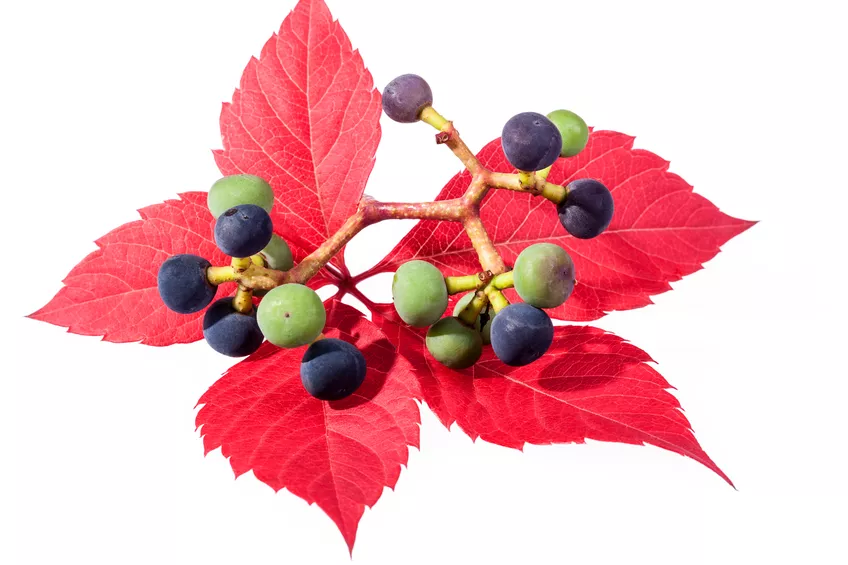- Virginia creeper develops dark blue to black berries
- Virginia creeper is only distantly related to fine wine
- Fruits contain oxalic acid
Virginia creeper - often also referred to as virgin vine - is a popular, very fast-growing climbing plant that climbs up independently with the help of adhesive discs on walls, fences, facades, etc. Usually five-lobed and three-lobed varieties are distinguished from each other, the main feature of which is the appearance of the foliage. Virginia creeper is mainly used for greening larger areas because of its high ornamental value, but its components are not edible.
 The small grapes of the wild wine are poisonous
The small grapes of the wild wine are poisonous
Virginia creeper develops dark blue to black berries
In the months of July and August Virginia creeper develops greenish-white flowers arranged in panicles and quite inconspicuous, which bees and other insects like to fly to. Small berries develop from this in autumn, which are dark blue to black when ripe. Since these have a fairly high sugar content, wasps like to frequent them. For this reason, Virginia creeper should not be planted near terraces or similar.
Virginia creeper is only distantly related to fine wine
Wild wine (Parthenocissus), also known as virgin vine or climbing wall wine, and grapevine (Vitis vinifera) belong to the large family of grapevine plants (Vitaceae), but they are different genera. While Virginia creeper is botanically one of the virgin vines (Parthenocissus), the noble grape vine is counted to the genus of grape vines (Vitis). Thus, the two species are only very distantly related to each other.
Fruits contain oxalic acid
While the fruits of the vine - the grapes - are edible, those of the Virginia creeper are considered slightly poisonous due to the high oxalic acid content. Their consumption can cause symptoms of poisoning such as vomiting, diarrhea and increased urine output. However, the dose makes the poison - a few berries usually cause little or no discomfort. Wild wine is not used in naturopathy.
tips
Virginia creeper berries are particularly dangerous for children, but also for pets (e.g. dogs).